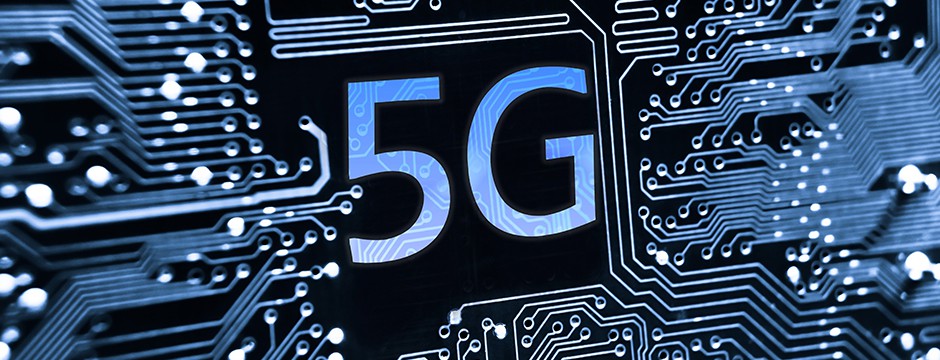5G is coming to make our world faster, more resilient, and more efficiently automated. In this new landscape, data centers will play a crucial role. Read more.
We often get asked “How will 5G impact data centers?” “What do we need to keep in mind in order for our data center to remain updated?”
We could be explaining for hours. Yet, let’s see the most important parameters involved in this developing “relationship” between data centers and 5G.
First and foremost, with 5G the world will be experiencing reduced latency rates. For examples, users clicking on websites or apps, they will enjoy content which loads much faster. Think of online services becoming about 100x faster. Isn’t that cool?
Of course, this also comes down to significantly improved data efficiency. Users will enjoy better services and businesses will have to manage additional resources, without doing any compromises on energy consumption or on costs.
Increased storage requirements
More content in the market, more applications involved, more users, more online experiences….more data….what does all this translates to? Of course, it translates to more storage requirements. More efficient facilities, hybrid clouds, and services such as colocation will come in to fill in the needs of the global markets.
More reliable and more resilient systems
Issues concerning downtime are expected to reach an end with 5G. At the same time, AR/VR applications will bring new content formats on the table and will improve user experience.
To that, systems will require improvements towards being even more sustainable and even more resilient. In fact, infrastructure will be tweaked to deal with rising market requirements.
Some predict that due to 5G, data centers and other networking companies will invest more than $320 billion on IT infrastructure by 2025 globally.
Do you wish to find out more about 5G technologies and the impact on data centers? Contact our team at Lamda Hellix via this form.
Check out our white papers here to discover new insights on data center technologies.


